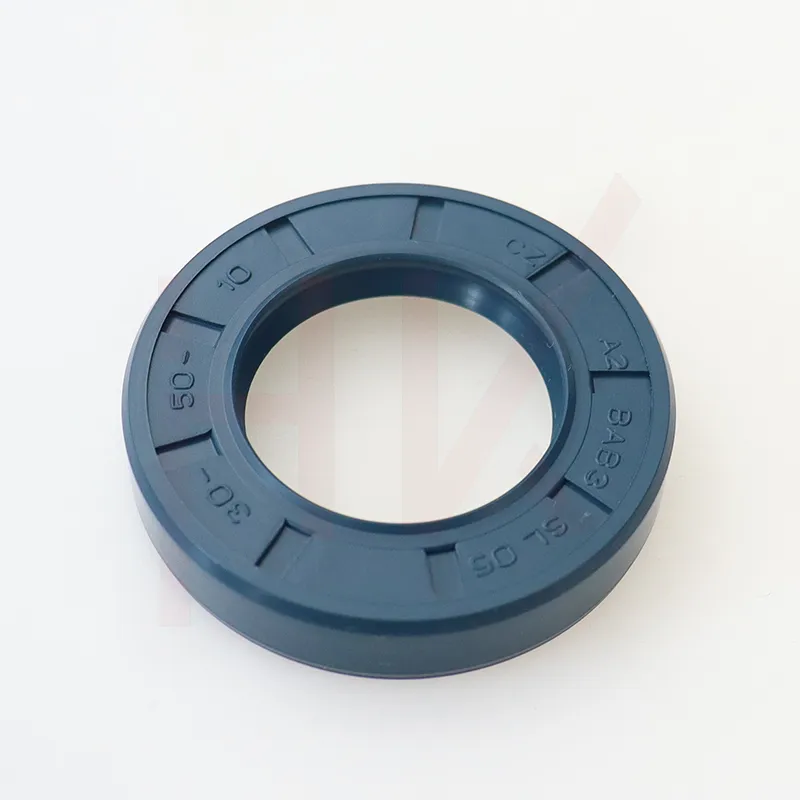Nov . 17, 2024 09:54 Back to list
cylinder rod wiper
Understanding Cylinder Rod Wipers Essential Components for Hydraulic Systems
Hydraulic systems are at the heart of numerous industrial applications, including manufacturing, construction, and transportation. One of the crucial components in these systems is the cylinder rod wiper, which plays a vital role in ensuring the efficiency and longevity of hydraulic cylinders. This article explores the function, types, materials, benefits, and maintenance of cylinder rod wipers, providing a comprehensive overview of their importance in hydraulic systems.
What is a Cylinder Rod Wiper?
A cylinder rod wiper is a sealing device located at the top of a hydraulic cylinder, designed to keep contaminants out while allowing the cylinder rod to slide in and out smoothly. These wipers are essential in preventing dirt, dust, debris, and moisture from entering the cylinder, which can lead to premature wear and system failure. The primary function of the wiper is to extend the life of the hydraulic seal and the entire hydraulic system by protecting the internal components from external contaminants.
Types of Cylinder Rod Wipers
Cylinder rod wipers come in various designs and materials, tailored to meet specific application requirements. The most common types include
1. Single Lip Wipers These have a single wiper lip that contacts the rod. They are suitable for applications where low to moderate pressure is present and where the primary concern is to keep contaminants out.
2. Double Lip Wipers Featuring two lips, this design offers enhanced sealing capabilities and is better suited for more challenging environments with higher contamination levels.
3. Polyurethane Wipers Known for their excellent abrasion resistance, polyurethane wipers are often used in harsh conditions where durability is essential. They provide a good balance between flexibility and strength.
4. Nitrile Wipers These wipers are resistant to oil and hydrocarbons, making them ideal for applications involving exposure to hydraulic fluids. They are often used in standard hydraulic applications.
5. Specialty Wipers Some wipers are designed for extreme temperatures or specific environmental conditions, providing unique properties such as high resistance to chemicals or extreme cold.
Materials Used
The material selection for cylinder rod wipers is critical for performance
. Common materials includecylinder rod wiper

- Nitrile (Buna-N) Affordable and widely used, nitrile offers good resistance to oil and petroleum-based fluids. - Polyurethane Offers superior wear resistance and is suitable for high-speed applications. Polyurethane wipers can withstand a wider range of temperatures and provide excellent sealing properties.
- Fluoroelastomer Known for its resistance to extreme temperatures and a broad range of chemicals, fluoroelastomer wipers are ideal for demanding applications but are generally more expensive.
- Rubber Basic rubber wipers are still used in many applications where cost is a primary concern, though they may not offer the durability of other materials.
Benefits of Cylinder Rod Wipers
The implementation of effective cylinder rod wipers in hydraulic systems provides several benefits
1. Enhanced Durability By preventing contaminants from entering the hydraulic cylinder, wipers help extend the lifespan of seals and other internal components, thus reducing maintenance costs.
2. Improved Performance Clean hydraulic cylinders operate more efficiently. Wipers contribute to smooth rod motion, reducing friction and wear.
3. Reduced Downtime Preventing contamination means fewer breakdowns and emergencies, translating to less unplanned downtime in operations.
4. Cost-Effective Maintenance While wipers need to be replaced periodically, their ability to protect the system can lead to considerable savings in maintenance and repair costs over time.
Maintenance and Replacement
Regular inspection and maintenance of cylinder rod wipers are essential to ensure their functionality. Signs of wear include cracking, dehydration, or visible contamination on the rod. It’s crucial to replace wipers promptly to prevent damage to the entire hydraulic system. Awareness of the environment in which the hydraulic cylinder operates can aid in choosing the right wiper material and design for optimal performance.
Conclusion
In conclusion, cylinder rod wipers are indispensable components of hydraulic systems, providing essential protection against contaminants and contributing to system efficiency and longevity. With various types and materials available, selecting the appropriate wiper is essential for optimal performance. Regular maintenance and timely replacement can lead to significant cost savings and enhance operational reliability, making cylinder rod wipers a vital aspect of hydraulic system management.
-
TCN Oil Seal Metal Ring Reinforcement for Heavy Machinery
NewsJul.25,2025
-
Rotary Lip Seal Spring-Loaded Design for High-Speed Applications
NewsJul.25,2025
-
Hydraulic Cylinder Seals Polyurethane Material for High-Impact Jobs
NewsJul.25,2025
-
High Pressure Oil Seal Polyurethane Coating Wear Resistance
NewsJul.25,2025
-
Dust Proof Seal Double Lip Design for Construction Equipment
NewsJul.25,2025
-
Hub Seal Polyurethane Wear Resistance in Agricultural Vehicles
NewsJul.25,2025
-
The Trans-formative Journey of Wheel Hub Oil Seals
NewsJun.06,2025
Products categories
















